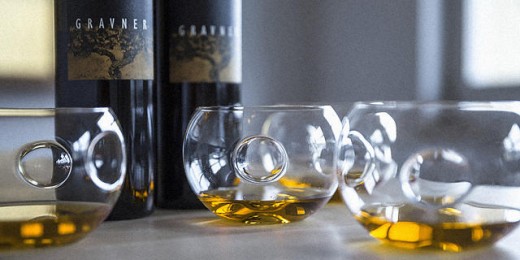the upward push Of Orange Wine
Why the world’s oldest winemaking technique is coming round again.
August 24, 2015
For years, I’ve been going to Charleston, South Carolina, to visit domestic, and for years, i’ve tried to stable a dinner reservation at FIG. The James Beard award-successful restaurant helped spark a gustatory revolution in that ancient city when it opened in 2003, and after many attempts, my husband and i finally bought a reservation for dinner in June. I was prepared for the menu to shock me. I’d heard about chef Mike Lata’s compelling takes on seasonal fare. I hadn’t expected, on the other hand, for the surprises first of all the wine checklist. There, tucked below the whites and jumbled together with the rosé, was once a category for orange wine. Orange what?
Orange wine, I quickly learned, is constituted of white grapes, however produced in the way you could a crimson. fairly than pressing the grapes and having the juice run off the skins instantly as with most whites, orange wines take a seat with the skins for a period of time, leading to a deeper hue and a color that can infrequently resemble cognac. I might pull out the sommelier phrases and let you know that orange wine is structural, heavy in tannins, with an excessive aroma. I could let you know how the nice ones balance the correct amount of juiciness and acid, with tips of bruised stone fruits, or burnt orange, or herbs.
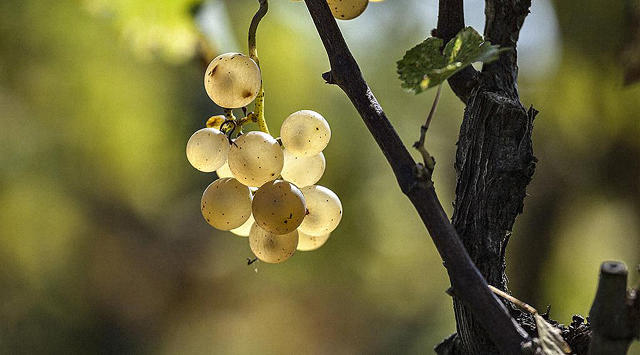
Or I could simply tell you that it’s in no way what you may predict from the name. Orange wine, i thought, can be a pleasant, floral more or less thing, akin to a rosé (i am decidedly no longer a sommelier), but what I obtained with my first glass was a complex and powerful drink reminiscent of pink. Orange wine is, in a phrase, challenging.
Morgan Calcote, normal supervisor and beverage director at FIG, mentioned she delivered orange wines to the list a couple of 12 months ago as a result of the general public is open to that challenge. “The dining public is savvier than ever,” Calcote says, “and they’re willing to make leaps of faith in accordance with the recommendations of knowledgeable servers or sommeliers.”
FIG is just not the only restaurant including orange wine to its regular offerings. Bottles are now infiltrating high wine lists throughout the united states. Boutique wine retail outlets are having trouble holding it stocked. “There’s a novelty to orange wines presently,” Calcote says. “no longer slightly a white, now not moderately a purple, they occupy this ambiguous position in between. Orange wines are their very own distinctive factor.”
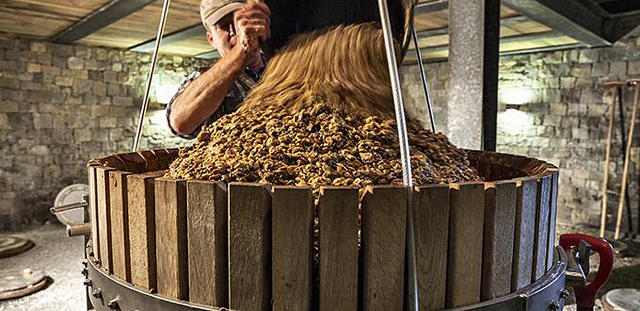
This pattern is also new, however the winemaking that produces orange wine is the oldest on this planet. The throwback method is catching on as a natural alternative to mass-produced wine, a business that’s come below rising scrutiny nowadays for chemically altering its product. nowadays, vineyards from California to Slovenia are making orange wine, and one 18-hectare vineyard in Northern Italy is essentially credited with its revival.
the nice Gravner Shock of ‘ninety seven
in case you have been a sommelier in 1997, and also you opened that yr’s vintage from the popular Gravner winery within the Friuli region of Italy, you were in for a shock. Gravner was once known for producing crisp and palatable whites, however this wine was once dramatically completely different. Bobby Stuckey, the James Beard award-successful grasp sommelier and co-proprietor of Frasca meals and Wine in Boulder, Colorado, remembers it neatly. “You went to get your 1997 liberate of Gravner and you opened a bottle and poured a glass and it was once orange,” Stuckey says. “None of us knew what used to be occurring. Are the wines screwed up? Have they became? The story of what had came about at Gravner soon turned into lore.”
The lore goes something like this. Josko Gravner, a third-generation winemaker, left his household’s grove in Northern Italy, with reference to the Slovenian border, to talk over with the vineyards of California. It was 1987 and Gravner, like the rest of the arena, had embraced modern winemaking techniques. He had stainless-steel vats for fermenting wine. He had recent alrightbarrels. In California, he went on a whirlwind tour and what he tasted grew to become his palate. Chemical manipulation, he realized, used to be destroying wine. over the years, components had been incorporated to take the danger and the outing of winemaking. From stabilizers and sulfur dioxide to assist with preservation, to a sickly pay attention of coloration known as Mega purple to right the hue of reds, Gravner saw the art of winemaking devolving right into a trade not invested in what the French name terroir. And it wasn’t just the usa. The trend was spreading across Europe, too.
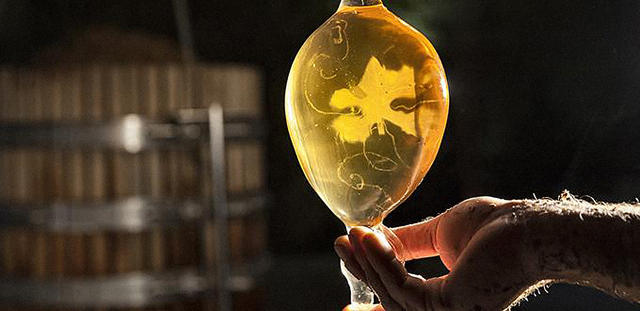
Gravner went back to Italy and he ditched technology. He went again to the beginning. He researched the earliest winemaking ways and learned that except around 1000 advert, wine had been fermented in clay amphorae pots. He studied the normal winemaking of the Caucasus area in Georgia, and he endeavored to revive these classic tactics and make a decent wine without additives. Gravner would come to make use of wild yeasts to ferment. He left the skins of the grapes with the juice to macerate within the brew for many months and act as a preservative. since the skins remained, no chemical substances could go on the grapes as they grew. For Gravner, orange wine required great care from soil to bottling. He let nature dictate the process, taking the nice possibility that a batch would possibly now not prove.
“here used to be a guy who used to be making world type, traditional alrightstyle wine. He had a list of fans two miles lengthy. to go from making one of the vital top Italian white wines to giving folks orange wine, smartly it freaked everyone out,” Stuckey says.
Now, the winemaking world is catching up. more vineyards are producing orange wines, together with some in California, the very place that impressed Gravner to ditch up to date winemaking. (Sommeliers I spoke to extremely counsel the fermented Sauvignon Blanc vintages produced by way of Abe Schoener from Scholium mission.)
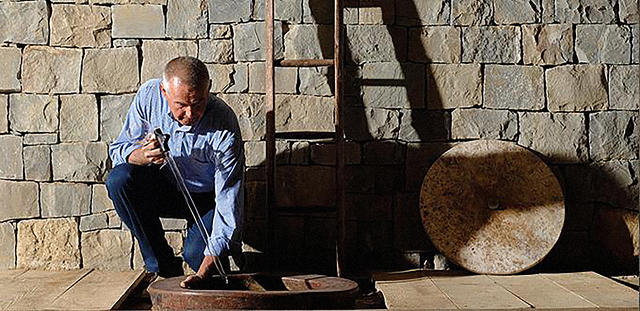
most people can be catching on. well-liked documentaries like 2004’s Mondovino portrayed the worldwide wine business’s use of components and its devastating impact on small vintners. as of late—in a global of Two-Buck Chuck and boxes of wine that you can tap like a keg and cans you can crack like a beer—the industry of mass producing wine that Gravner railed towards is being questioned, most not too long ago with a lawsuit over high levels of inorganic arsenic in low-cost wine.
The growing recognition of orange wine is partly a reaction to that. “people are shifting away from overly processed food toward the farm-to-table motion, and buyers want to comprehend the exact rising prerequisites and foundation of the meals and beverages they devour,” says Braithe Tidwell, normal manager of Salon by using Sucre in New Orleans. “we don’t want to feel that we’re eating or ingesting a prescribed amount of chemistry. we want the whole thing to be pure, and orange wine is a perfect match, due to the fact that its sulfites are produced organically.”
along with extra vineyards producing orange wine, more sommeliers are sharing it with consumers. “Orange wine has been an in-the-know sommelier term for rather some time now,” Tidwell says. “It was once that the sommelier neighborhood can be relatively snobby, however I believe increasingly more wine phrases and styles of winemaking have caught on in the mainstream population, because the sommelier tradition is altering to a society of people that love and experience wine, and also like to share their knowledge with others.”
Orange wine is also getting a little bit more straightforward to order. “The tipping point for me including it to our record at FIG was once when orange wine was once available enough and produced sufficient that it used to be maintainable on the list,” Calcote says. “And as some home producers appear to that roughly wine producing, the price level has also come down.”
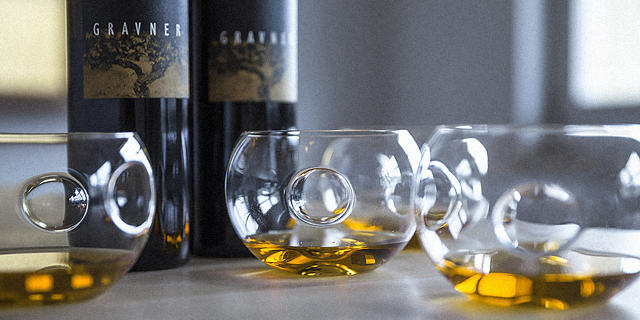
This Ain’t No Sutter dwelling.
nonetheless, orange wine shouldn’t be for everybody. “The people who I see ingesting orange wines are searching for a wine expertise,” says Liz Martinez, wine director of The pink Pig, Chicago. “These are mental wine drinkers, those that wish to consider what they’re consuming, and analyze it.”
before shifting to New Orleans, Tidwell labored in Brooklyn as the overall manager of a Carroll Gardens wine store. “The Friulian producers had been changing into a cult phenomenon, particularly, the grasp of orange wine, Josko Gravner. I noticed these wines promote out.”
although orange wines are growing in recognition, it’s not likely spreading to the masses, consistent with Chloe Helfand. She is sommelier at Bazaar Meat, the Las Vegas restaurant via chef José Andrés. after they opened ultimate August, Helfand had just a few orange wines on the list, basically for a limited clients who already knew to ask about it. “It’s been trending for the final three to 4 years, but I wouldn’t say it’s one thing so one can be widespread in every single place. It’s surely not one thing that I see trending in Vegas, or in middle the usa” Helfand says. “individuals are intrigued by way of it. people want to drink it, but I don’t assume that you need to sit down down and have a complete bottle.” And with a good Gravner operating upwards of a couple hundred dollars at a restaurant, a bottle is an investment.
For the typical client, these bottles can nonetheless be laborious to find, even with the up to date uptick in producers. I requested about orange wine on the high wine retailer in Baltimore where I are living and they shook their heads. by no means heard of it. “It’s a commitment to make orange wine,” Calcote says. She only goes via about nine bottles a year at FIG. “production remains to be restricted. they are laborious to seek out in lots of wine shops, so the common guest can’t get turned on by means of it and then run out to purchase it in a wine shop. they are more expensive to supply. i will’t see Sutter dwelling striking collectively orange wine.”
Which used to be Gravner’s point when he grew to become his again on brand new strategies in favor of an ancient means. That sluggish, complex production is orange wine’s very raison d’etre.
[All pictures: by means of gravner.it]
(104)

